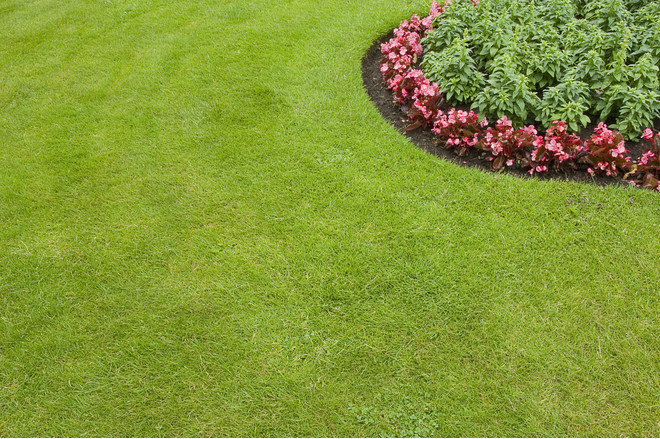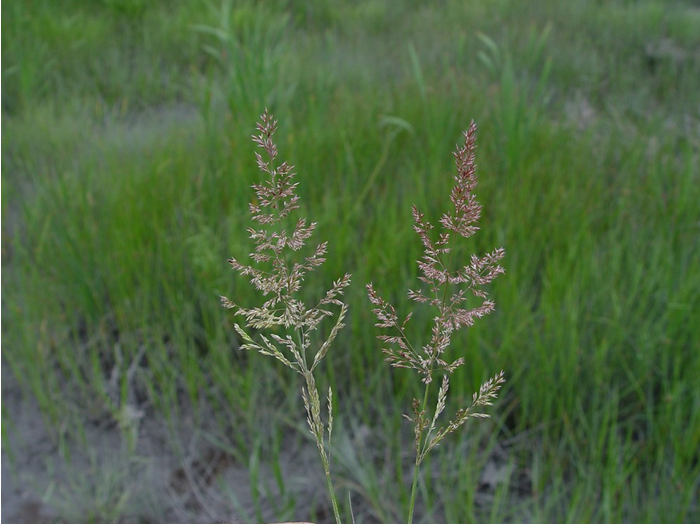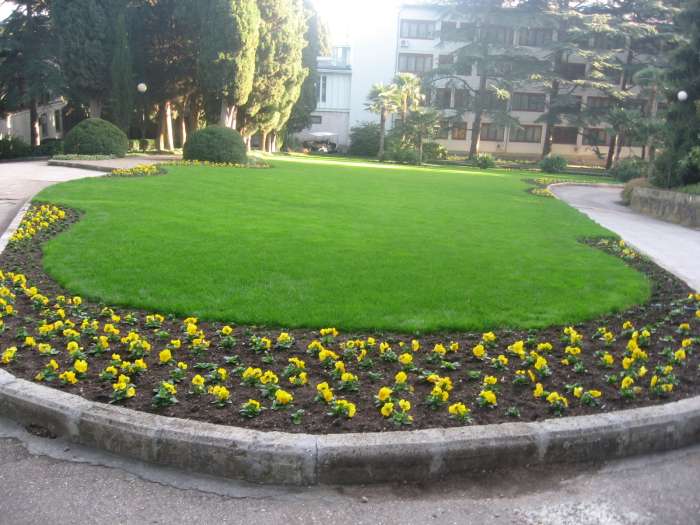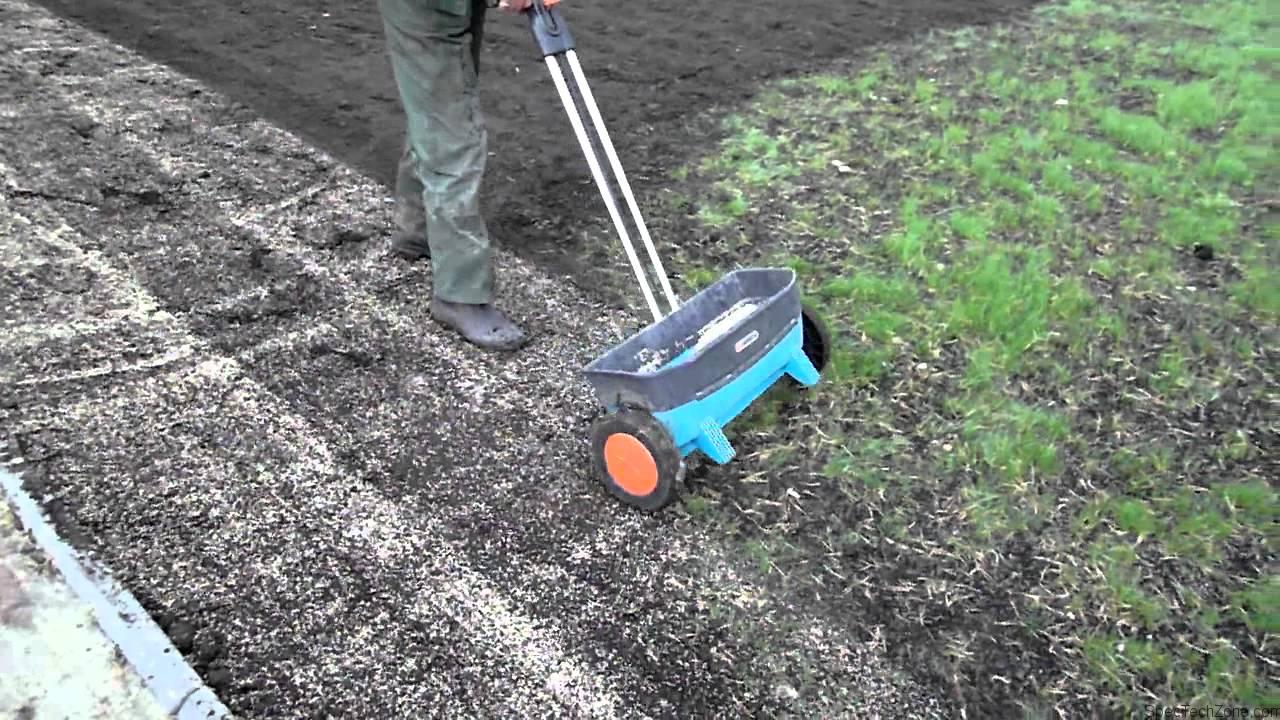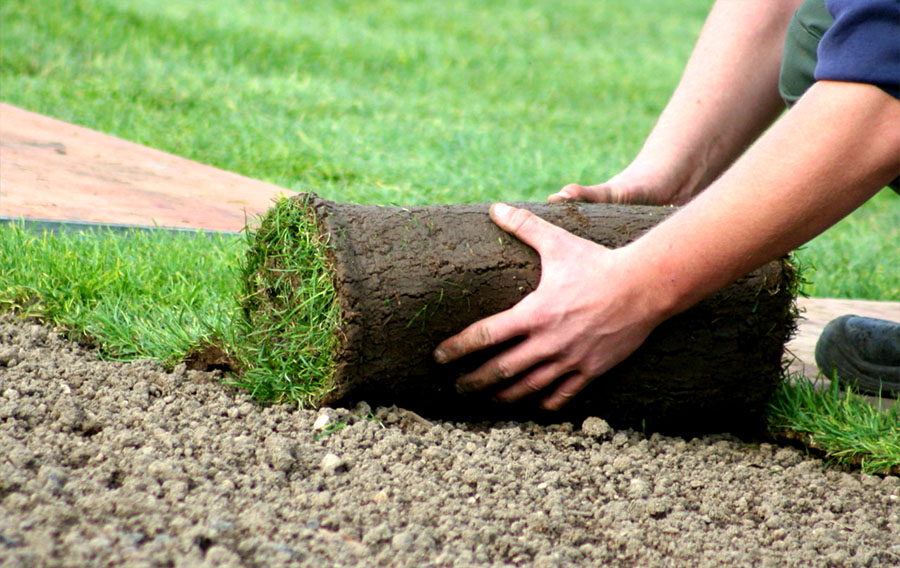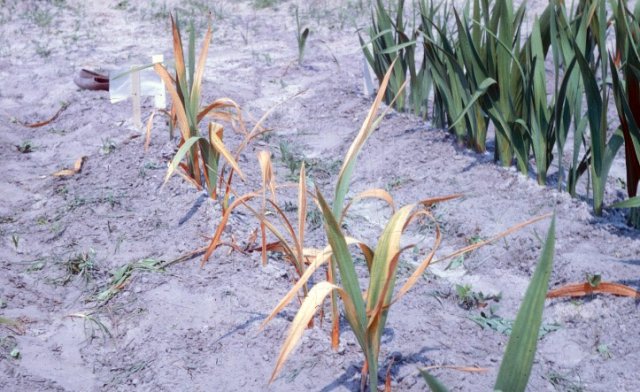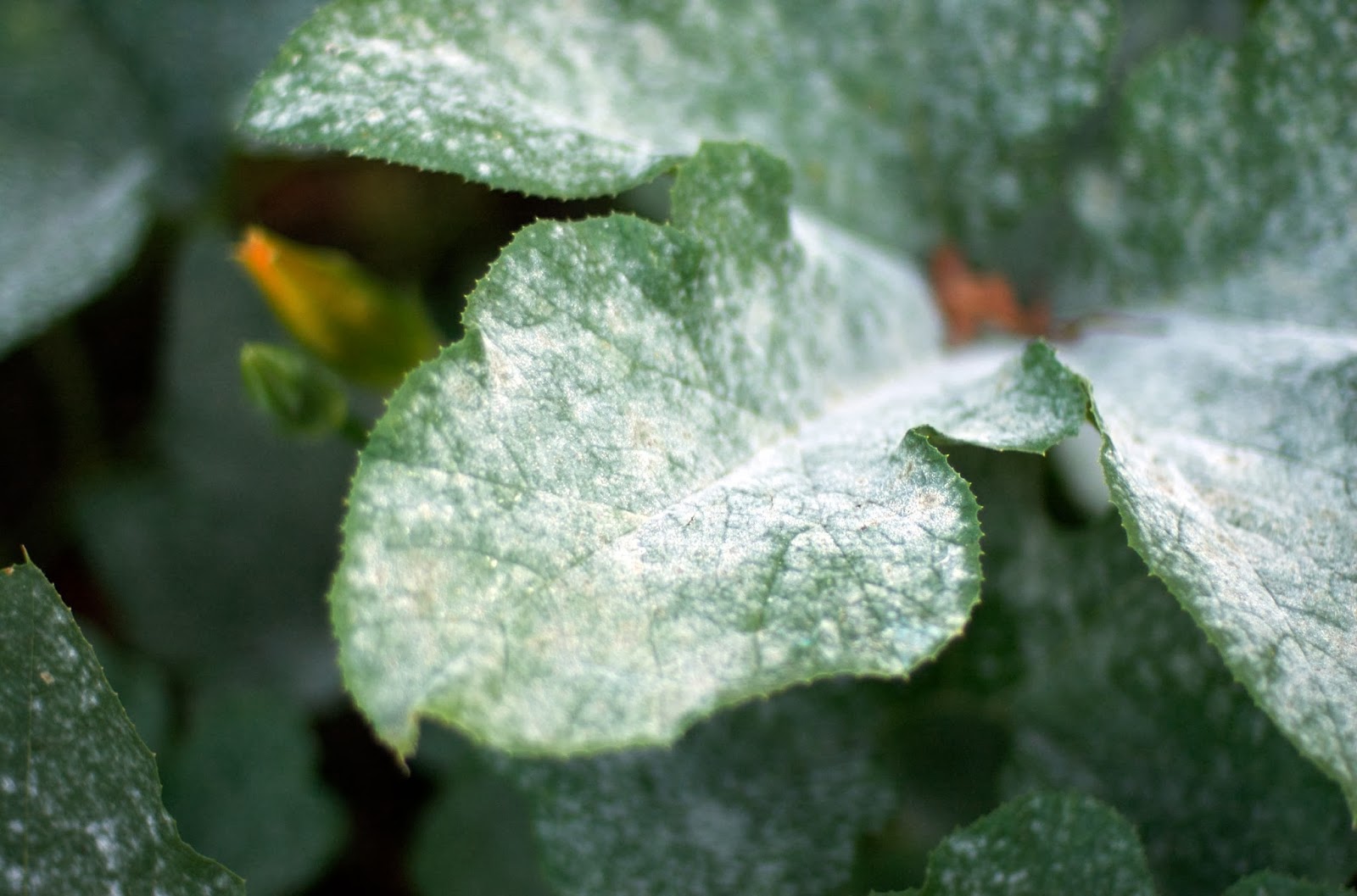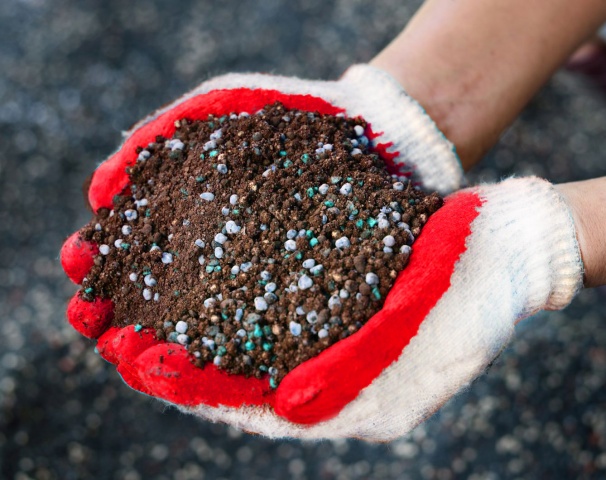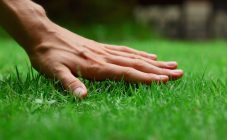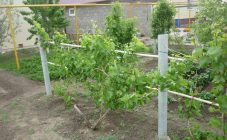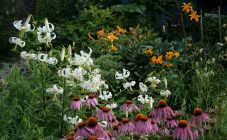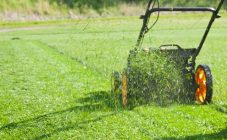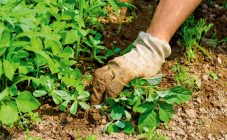Content:
When selecting lawn grass, experts adhere to strict criteria. The herb is selected only for perennial, frost-resistant, with a strong root system, capable of vegetative propagation. In addition, an important quality is taken into account - decorativeness.
Lawn Grass Varieties
Several varieties of plants have the best qualities for growing on lawns.
Red fescue
It is a winter cereal with a strong root system. The sod that it forms is dense, resilient, and tear-resistant. The generative stem can grow up to 1 m. The leafiness of the red fescue is good.
The plant prefers light loamy soils, is very demanding on moisture, has high winter hardiness. Feels good on damp soils. Grass grows slowly, full development occurs at 3 years.
Meadow bluegrass
Loose grass has several forms, differing in some characteristics: height, width of leaves, color.
The root system occupies the top layer of the soil and forms a sod resistant to trampling. Due to this quality, the grass is used for planting on sports lawns, playgrounds.
Bluegrass easily tolerates severe frosts and temporary flooding. It is relatively drought-resistant and shade-tolerant. It grows back quickly after cutting. A good herbage stays for more than 20 years.
White bent
Depending on environmental conditions, the size and shape of the vegetative shoots of the grass is different. The root system has a fine branching, which penetrates the soil very densely.
The grass has a fast growth rate in the first year, is not suppressed by weeds. Bushings intensively for 2 years already. The herbage lasts about 10 years.
Also, in mixtures of lawn grasses, it is recommended to plant timothy, hedgehog, clover, ryegrass, lyadvenets.
Planting a plant in the country
Having decided on the location of the lawn, they process the site, eliminating all weeds. To do this, you should use special herbicides. Strongly overgrown areas are treated several times.
Further, after installing the soil composition, it is, if necessary, corrected with additives (sand, lime, peat). At the same time, enrichment with mineral fertilizers is carried out. Each season has its own emphasis on feeding:
- spring - nitrogen;
- autumn - phosphate and potash.
Having tamped the area freed from weeds with a garden roller, the earth is given time to settle.
Sowing grass
You can choose any time when planting grass for the lawn - from spring to autumn. The main thing is that the plants get stronger before the onset of cold weather.
So that the wind does not sweep away the light seed, it is advisable to choose a quiet day, preferably cloudy. The ground is slightly moistened beforehand. The slightly dried top layer is slightly loosened.
The seeding rate of herbs is different and depends on the type and composition of the mixture. This indicator is usually indicated on the seed package. The approximate rate is 30-50 g / m². A lower rate will give a sparse grass stand, and it will take a long time for normal plowing.Conversely, a dense planting will lead to a lack of nutrition and weakening of the plants.
You can sow:
- Manually. Barely noticeable grooves divide the lawn into parts and sow in small portions. This will help distribute the crop more evenly.
- Seeder. How to plant lawn grass neatly and correctly this way? The seeder is filled with half of the seed rate and rolled along the plot. The second time is rolled across. This distributes the seeds evenly over the entire surface.
After sowing, the lawn is lightly raked with a rake, partially sprinkling the seed. Watering the site is carried out using a shallow nozzle to prevent plantings from being washed away. The irrigation procedure is carried out every evening. On a very hot day, crops should be protected from the sun.
Grass care after transplant
There is not always the time and desire to tinker with the sowing. Some growers who produce ready-made lawn in rolls have taken care of how to plant lawn grass in the area for the lazy. It is much easier to grow and easier to care for as it saves time and effort. The technology of its installation is quite simple, and the cottage will be transformed in just a few hours.
The area cleared of weeds is well moistened and pieces of sod are laid on it. Planting should be done quickly so that the roots of the grass do not dry out. Rolling is carried out immediately in order to press the grass roots more tightly to the soil, and watered.
A prerequisite for a roll lawn is daily watering. If the summer is hot, you will have to water the grass twice a day. The rolled lawn takes root for a couple of weeks. During this time, the roots will penetrate into the main soil layer and begin to grow. The sod that begins to take root is still prone to trampling, so walking on it is still undesirable.
The grass will grow better if combed promptly. The accumulation of dry residues will lead to excess moisture, damping out of the roots. Feed the lawn from spring to mid-July should be nitrogen, and the rest of the time - potassium and phosphorus.
How to grow lawn seedlings from seeds
If there is a greenhouse in a private house, then the layer of the lawn can be grown by yourself. This will allow you to create a type of lawn to your liking, size, and patch up bald spots.
Sod is purchased in the store or made by yourself. Crushed stone is laid out at the bottom of the beds, covered with sand, and a soil mixture is laid on top.
If the grass is intended for repairing a regular lawn, the planting is standard. To create small landscape compositions, you need to calculate the size of the canvas and the distance between the elements.
Flower arrangements can be grown along with the lawn grass. Flower seeds are placed on a marked bed, cover them with lids, homemade mugs. Then the grass is sown. Shelters are removed, plantings are moistened.
On a permanent site, you can plant compositions instead of weak areas, simply by cutting them out with a knife.
Diseases and pests of lawns
Just planting a lawn and waiting until it turns into a beautiful carpet will not work. A lot of people who want to spoil it will appear: these are both diseases and pests. They will try to turn a beautiful lawn into a lifeless area. All diseases of lawn grasses cause infections and parasites.
Infectious diseases
Fescue of all types and meadow bluegrass are most susceptible to infections.
Fusarium
Fusarium spreads through the air and through contaminated soil. Spores from a nearby diseased lawn can affect a large area.Throughout the winter, the virus quietly develops in a layer of wilted grass. In early spring, pinkish or silvery spots can be found on the lawn. Over time, dry grass appears in these places.
If stains are found, the lawn should be immediately treated with fungicides. The affected areas should be cut out and removed along with the soil. Fresh sod is poured on this place and sown in a new way.
Powdery mildew
This infection affects many cultures. Its active development is observed in summer. White bloom in the form of foam, cotton wool gradually darkens, all the grass in contact with it dries out. Excess nitrogen and excessive moisture provoke the disease. It is necessary to stop all feeding, treat it with a fungicide, and comb the lawn with a rake.
Rust
The infection is easy to spot on the stems by the reddish tinge. The lawn is covered with rusty spots. Illness appears from poor illumination of the grass and mineral hunger.
The lawn is well fertilized and irrigated regularly. The grass is cut twice a week until healthy stalks appear.
Parasitic diseases
Over time, mushrooms, algae, lichens, mosses settle on unkempt lawns. If the lawn has poor drainage, the soil is very compacted, the grass has not been fertilized for a long time, then the parasites very quickly conquer the territory. A very small amount of mushrooms is even useful for grass, since the roots are fed by the mycelium. Lichens are eliminated by liming the soil. Algae emerge from strong soil density and poor drainage. Aeration should be carried out, the grass should be combed more often, and top dressing should be applied.
Lawn pests
Insect damage to the lawn is very minor. The greatest damage to the lawn is caused by worms, moles, ants.
Ants threaten the lawn if it is close to fruit trees where aphids graze, or when the lawn is laid out on sandstone, in which an anthill is easily broken. The discovered insect house must be treated with strong chemicals. The use of gels is especially recommended. A few drops of the drug are applied to the path and a little to the top of the anthill. The insects will take care of themselves to feed the whole family along with the uterus. In a day, the anthill will be dead. Then it is carefully leveled and the grass is sown.
Sometimes you can notice the presence of worms in the holes and heaps around them. Over time, in such places, the grass quickly tramples down, and bald spots appear. Temporarily stopping watering and adding sand to the lawn will help drive the worms out of the lawn. You can also collect these unexpected guests after heavy rains and carry them to the beds.
All efforts to maintain the lawn will not remain without a reward - the gorgeous emerald grass soothes, revives the landscape, creates a beneficial microclimate. The main thing is to choose the right type, plant it correctly and provide decent care.
